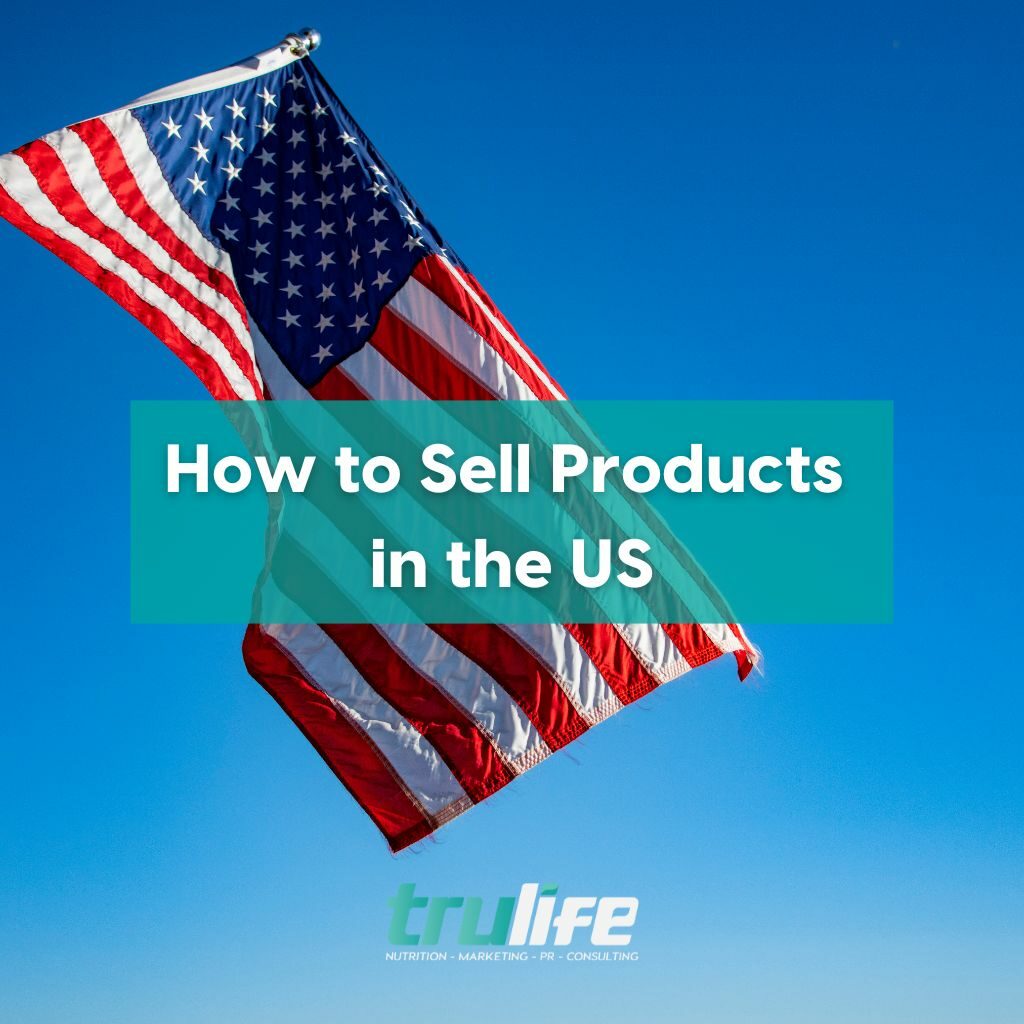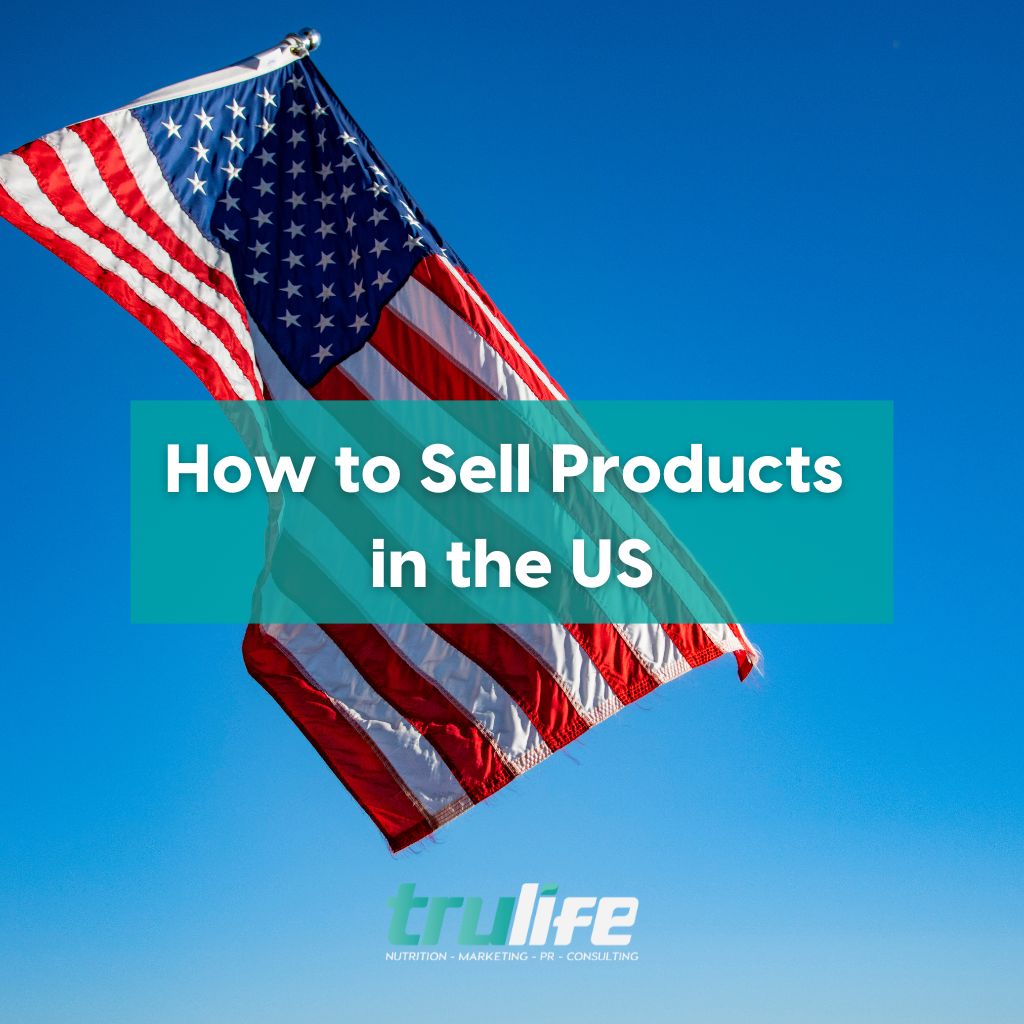For many entrepreneurs, selling products in the US is an attractive prospect. The sheer size of the US market makes it a tempting target, with plenty of potential customers to sell to. However, selling products in the US can be tricky due to its complex legal and regulatory environment. So, how to sell products in the US? To sell products successfully in the US, you must understand the relevant laws and regulations that apply to your business or product. This article will provide an overview of how to sell products in the US, including guidance on taxation, product safety standards, the best places to sell, and other important considerations.

Compliance with US Safety Compliance Regulations
To sell products in the US, you will first need to ensure compliance with local regulations such as product safety standards. Depending on your product type, you may need to adhere to industry-specific standards set by national or state authorities. For example, food items must meet FDA requirements for labeling and nutrition information; electrical appliances must comply with ETL safety regulations; toys should meet ASTM International safety standards; etc. It is essential that you research which regulations apply to your product before attempting to sell it in the US.
Taxation
In addition to product safety compliance, you will also need to consider taxation when selling products in the US. Depending on your business structure and where you sell from, you may need to register for sales tax collection with each state where applicable laws require it; alternatively, if you sell using a third-party platform such as Amazon or eBay then they are likely responsible for collecting any taxes which may be due on behalf of sellers (check their website’s terms of use). Additionally, some states may have additional taxes or fees which must be paid before goods can be sold within their jurisdiction – again, this varies from state to state so make sure you research any applicable rules before starting sales activities within a particular state.
Online Consumer Protection Laws
Furthermore, those who sell digital goods or services (such as online video streaming subscriptions) will need to be aware of any relevant online consumer protection laws which may exist at both state and federal levels; these generally place certain restrictions on how digital goods and services can be marketed/sold online – for example by prohibiting false/misleading advertising claims or requiring certain disclosures regarding cancelation policies/fees – so make sure that your marketing materials are compliant before launching any campaigns targeting customers in a given jurisdiction.
Where to Sell in the US
Finally, while selling products through physical stores requires setting up shop at an appropriate location (e.g., retail space), those who wish to reach customers online have additional options available such as eCommerce websites or third-party marketplaces like Amazon and eBay (depending upon what types of goods are being sold). Those who go this route should familiarize themselves with each platform’s terms of use and applicable fees prior to starting sales activity through them – commission rates vary widely between different sites so it pays off doing some comparison shopping beforehand!
Sell Products on Amazon
Amazon is the largest e-commerce platform in the US. With more than 197 million active customers, it is one of the most popular ways for businesses to reach potential customers and sell their products. One of the main advantages of selling through Amazon is its commission structure – which allows sellers to keep more of their profits than can be achieved through other marketplaces or even direct sales.
When it comes to commission rates, Amazon has two pricing structures for setting fees on product sales: a fixed rate per item sold (known as “referral fee”) and a percentage-based rate (known as “variable closing fee”). The referral fee that you are charged per sale depends on the type of product you sell, while the variable closing fee is charged as a percentage of the total order amount. Generally speaking, Amazon charges lower fees per item than many other third-party marketplaces or direct sales channels – this makes it an attractive option for businesses looking to maximize profit margins while still reaching a large audience.
Aside from its competitive commission rates, there are several other benefits associated with selling through Amazon – not least among them being its trustworthiness in consumers’ eyes. As one of the most recognized e-commerce platforms on the planet, buyers tend to feel more secure making purchases from trusted retailers on Amazon compared to those found elsewhere online; this in turn leads to higher purchase conversion rates which means higher profits for sellers over time.
Sell Products on eBay
eBay is one of the most popular online marketplaces, with millions of active users each month. eBay offers an array of services to help sellers sell their products, including offering competitive commission rates.
To sell a product on eBay, sellers must first register for a seller’s account. Upon registration, sellers will be charged a listing fee for each item listed. The listing fees are typically calculated based on the item’s condition and category; some categories such as books or media require no listing fee while others may cost more. After the item sells, eBay charges a final value fee as a percentage of the total sale price (including shipping). This fee varies based on the product category and can range anywhere from 7-15%, depending on which type of product you sell and what country you sell it in.
In addition to the listing fees and final value fees, eBay also charges sellers a payment processing fee whenever they sell an item. This fee is usually 3% (or less) of the total sale price and covers credit card processing costs associated with payments made through PayPal or other payment processors used by eBay buyers.
How to Sell Products in the US?
In conclusion: Selling products in the US requires careful consideration of local laws and regulations around product safety standards and taxation issues – failure to do so could result in hefty fines being imposed by authorities! Additionally, digital goods/services sellers must abide by applicable consumer protection laws while those wishing to sell through physical stores must secure suitable premises/space prior to starting sales activities within a particular region or state. Finally – depending on what type of good/service is being sold – there are various options available such as e-commerce sites or third-party marketplaces which may offer better opportunities than traditional brick-and-mortar outlets – however always check fees/rates before committing yourself! With these tips, we hope that anyone looking to start selling products in the USA has all the necessary information needed to get started!
If you need further support for your business in the US, contact us at TruLife Distribution.








